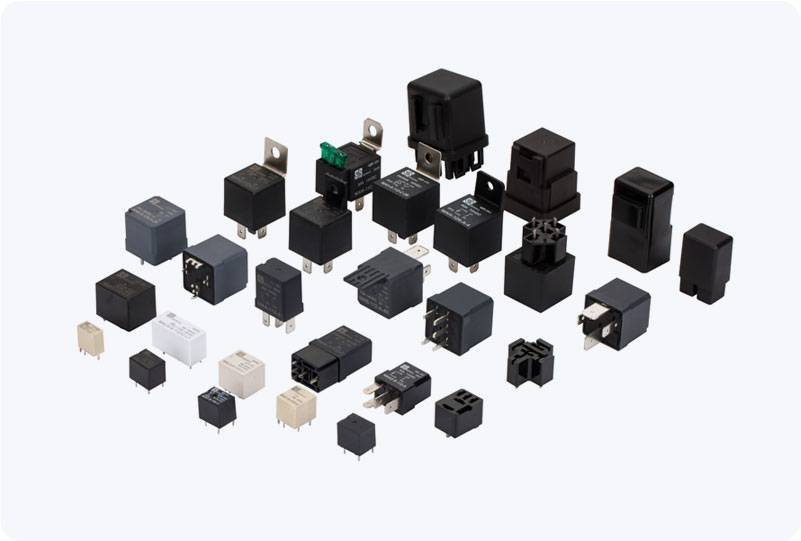High Voltage DC (HVDC) systems are increasingly becoming an integral part of modern electrical infrastructure, especially with the rapid growth of electric vehicles (EVs), renewable energy systems, and large-scale energy storage solutions. In these systems, the High Voltage DC Main Relay plays a pivotal role in ensuring the safe and efficient operation of the circuit. This article explores the significance, functions, and applications of High Voltage DC Main Relays in various industries.

What is a High Voltage DC Main Relay? A High Voltage DC Main Relay is a specialized electrical device designed to control the flow of high voltage direct current (DC) within a system. Unlike alternating current (AC) that naturally passes through zero voltage points, DC is more difficult to interrupt due to its continuous and unidirectional flow. When dealing with high voltages, it is crucial to have a reliable relay that can switch on and off efficiently, without creating dangerous arcs that can damage the system or pose a safety risk. These relays are typically used to control the connection and disconnection of the main power source, ensuring that high voltage DC systems can be safely turned on and off without causing electrical damage or hazards.